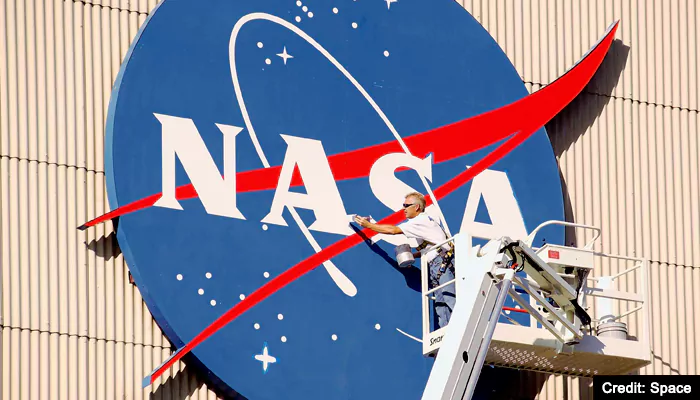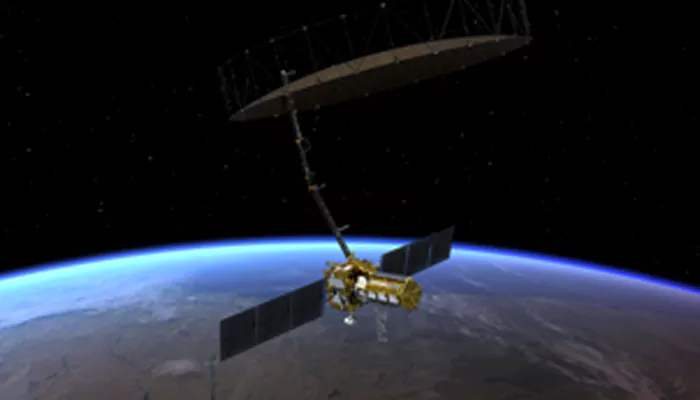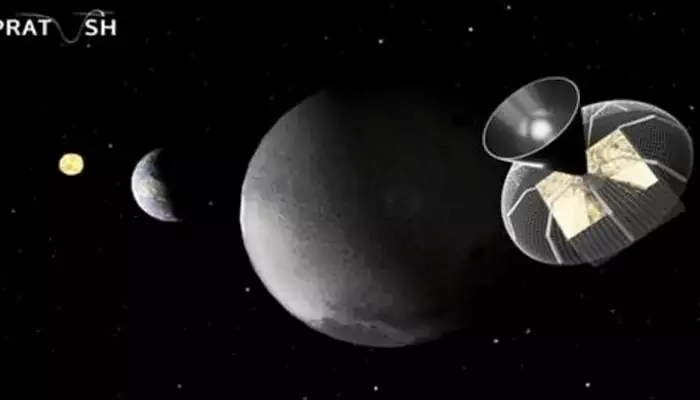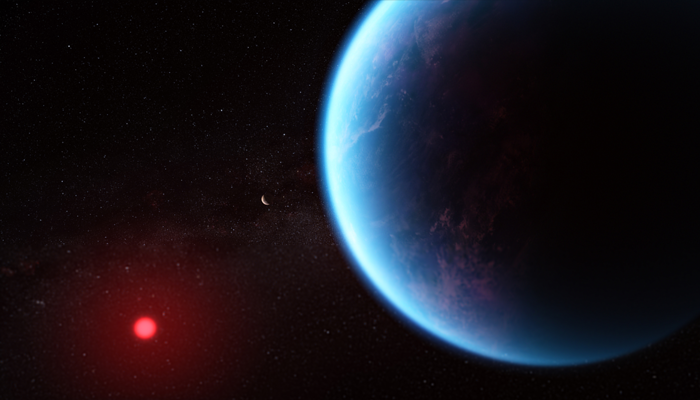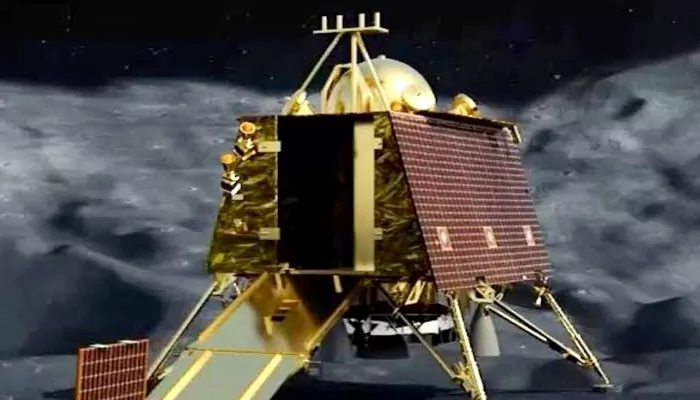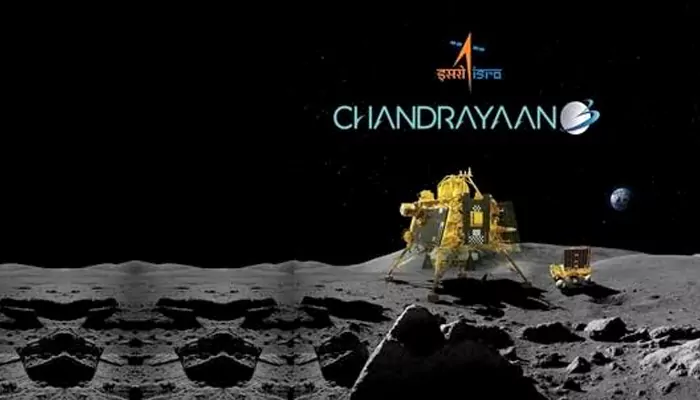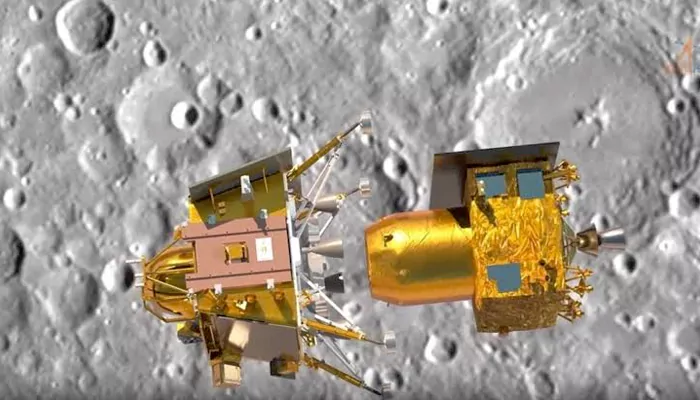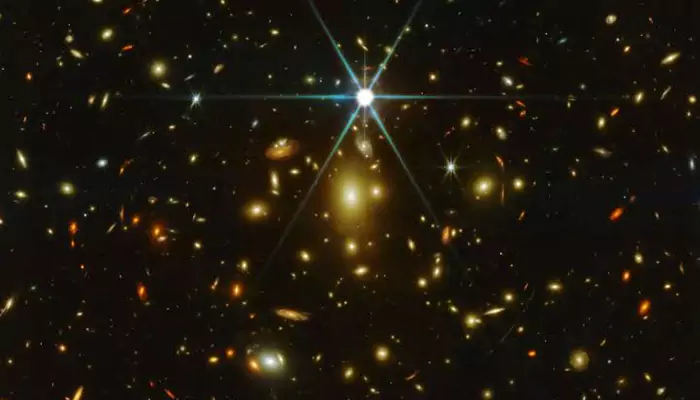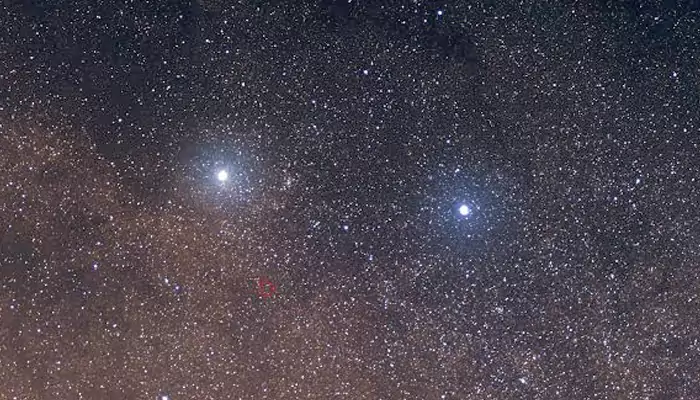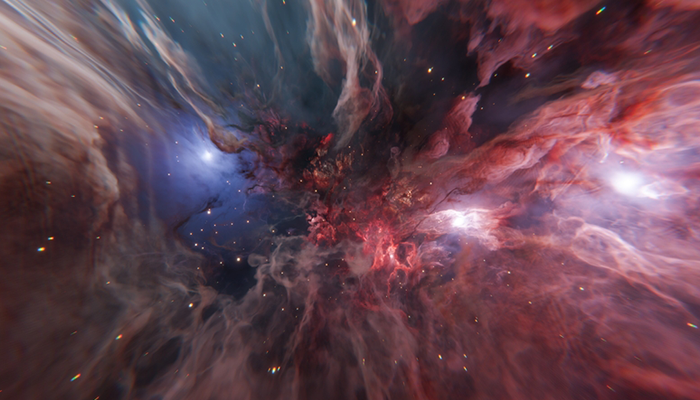
Here are today’s most important updates from the realm of Science and Space.
Cabinet Greenlights Four Major Space Missions: Chandrayaan-4 and Venus Orbiter Set to Soar
The Union Cabinet green-lit four important space endeavours by the Indian Space Research Organisation (ISRO) and sanctioned over ₹22,750 crore for developmental costs. These four missions are Chandrayaan-4; development of Venus Orbiter Mission (VOM); building of first unit of India’s indigenous space station Bharatiya Anatriksh Station (BAS); development of Next Generation Launch Vehicle (NGLV). The cost distribution is as follows ₹2,104.06 crore for Chandrayaan-4; ₹1,236 crore for VOM; ₹11,170 crore BAS, and ₹8,240 crore was approved for NGLV.
“This would have multiple benefits, including making India even more self-reliant in space technologies, boosting innovation and supporting academia,” Prime Minister Narendra Modi wrote on X.
A Medical Milestone: Scientists Crack 50-Year Mystery with Discovery of New Blood Group
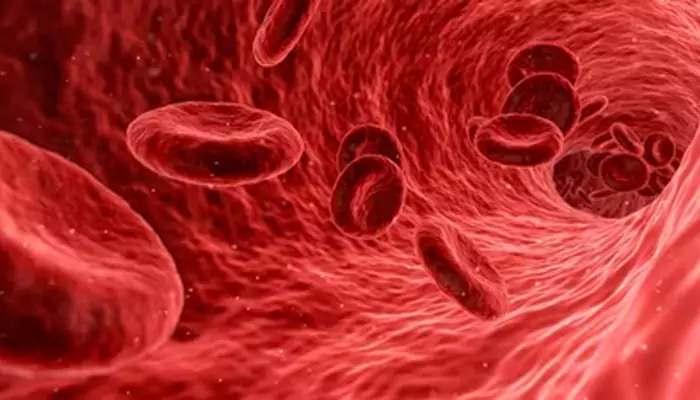
A group of scientists from NHS Blood and Transplant (NHSBT) and the University of Bristol has discovered a new blood group system named MAL. The proteins on red blood cells (RBC) determine the blood group of a person, which is essential to check before any transfusion. The most common blood groups are A, B, O and AB in both positive and negative forms. This breakthrough ultimately solves the 50-year-old mystery about the AnWj blood group antigen, which was first detected for the first time in 1972.
Nicole Thornton, Head of the Laboratory stated: “Unraveling the genetic basis of the AnWj antigen has been a major challenge. With this breakthrough, we can now design genotyping tests to identify patients and donors with this rare antigen”. This discovery will provide improved care for patients with this rare blood group and find compatible donors.
Porphyrion Roars: Astronomers Detect Largest Black Hole Jets Ever
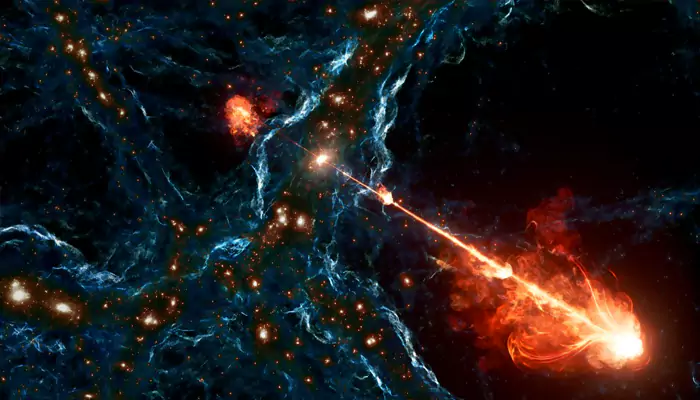
Astronomers have detected two record-breaking plasma jets coming out of a supermassive black hole and into the empty place beyond its host galaxy. These massive and powerful plasma streams are the largest till date, around 23 million light years from end to end. It's the distance of 140 Milky Ways placed side by side. The research team named this spectacular pair of jets as Porphyrion, the Greek mythology character. Porphyrion was detected using the International LOFAR Telescope, a network of radio sensors. The fierce and narrow streams have a total power output equivalent to trillions of suns.
Basically, intergalactic matter feeds into galaxies and galaxies form stars. However, some galaxies make black holes that create a jet which then affects the intergalactic matter and it continues.
Earth’s Secret Past: New Study Hints at Saturn-Like Rings in Ancient Earth

It was initially believed that only Jupiter, Saturn, Uranus, and Neptune have rings in this Solar system. However, a recent study at Monash University in Melbourne revealed the presence Saturn-like ring around the Earth at least 466 million years ago. The assessment of 21 asteroid craters from the 'Ordovician impact spike' period revealed this unique and temporary ring structure. The research team theorized that ons asteroid might broke apart due to tidal forces eventually forming a ring of debris around the Earth, similar to the Saturn rings.
The scientists calculated that the ring-spawning asteroid would be 7.7 miles or 12.5 kilometers wide if it was a "rubble pile”, or smaller if it was a solid body.

